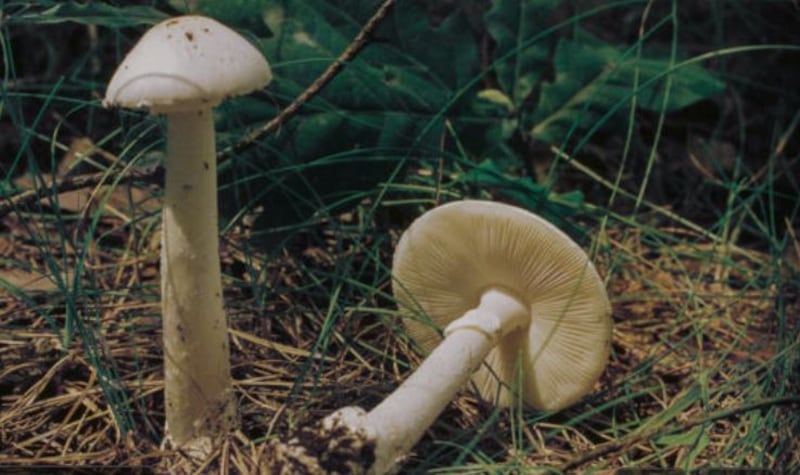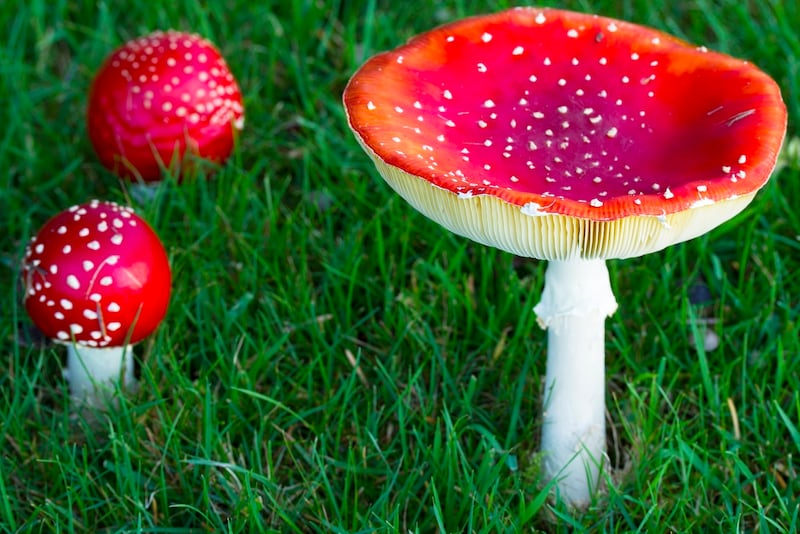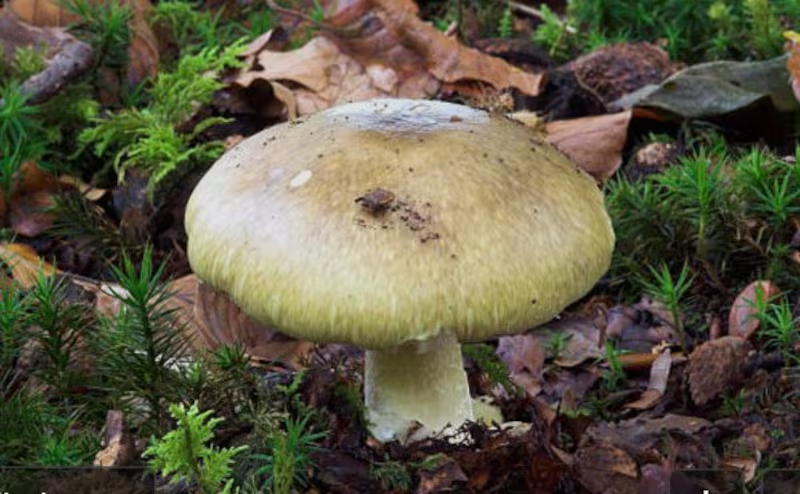Two people suffered life-threatening health problems as a result of eating wild mushrooms last year, according to a new report.
One of them, a man, required an emergency liver transplant after eating a particularly toxic species of fungi.
A public health expert has now warned that a growing interest in collecting wild mushrooms may not be matched by a sufficient awareness among the public of the risk of poisoning from consuming such fungi.
Dr Douglas Hamilton, a specialist registrar in public health with the HSE Midlands, said an increase in the popularity of foraging for mushrooms constituted "a growing national population health threat".

He said the case highlighted the need for public awareness campaigns to be repeated every year about the dangers of wild mushrooms.
“There is currently no established co-ordination system of surveillance, public information and advice. Roles and responsibilities for undertaking this are unclear. Investment in effective prevention would lead to significant human and economic cost savings.”
In a new report published by the Health Protection Surveillance Unit, Dr Hamilton said the Amanita genus of mushrooms, which is one of the most toxic type of fungi in the world, flourishes in Ireland and is commonly found growing around broad leaved trees. It is recognised by a characteristic bulbous cup around the base of the stem.
Dr Hamilton said it could appear quite innocuous and didn’t have a repugnant taste. It could also be easily mistaken for button mushrooms, especially Amanita virosa, otherwise known as “destroying angel”.
“It is important to exercise great caution if foraging for wild mushrooms,” he said.
Local wood
Dr Hamilton said the HSE Midlands became aware in September that an individual had developed liver failure after consuming wild mushrooms he had picked in a local wood.
He said the patient had suffered a rapid deterioration in his liver functioning, and had to be transferred to St Vincent’s Hospital in Dublin, where he underwent an emergency liver transplant.
While the patient progressed well in the 24 hours after the operation, his situation subsequently deteriorated. He suffered multi-organ failure before ultimately making a long slow recovery after several weeks in ICU and almost three months in hospital.
“There was no underlying illness, no history of viral hepatitis or use of medications. This incident was entirely attributed to consumption of Amanita virosa,” said Dr Hamilton.

There are hundreds of different species of wild mushrooms growing in Ireland, but experienced foragers recommend that they should never be consumed unless people are 100 per cent sure about their safety.
The National Poisons Information Centre based in Beaumont Hospital in Dublin receives many calls on ingesting poisonous mushrooms every year. Its figures show that in addition to four life-threatening incidents since 2014, it also recorded 13 cases of moderate poisoning and 40 incidents of minor effects from consuming wild mushrooms over the same period.
Dr Hamilton claimed ingestion was often accidental, but could also be due to recreational abuse.
Misidentified
He said in some cases poisonous mushrooms growing in the wild may be misidentified and used to cook meals, or children could take a small bite from one found in a garden.
He advised anyone who suspected they may be suffering poisoning from consuming a wild mushroom to retain a sample of the suspect fungi so that it can be identified by an expert.

While most patients suffer only minor symptoms like nausea or vomiting, in the more severe cases people can experience severe vomiting, diarrhoea and liver damage. Symptoms of vomiting are often delayed for more than six hours after ingestion.













